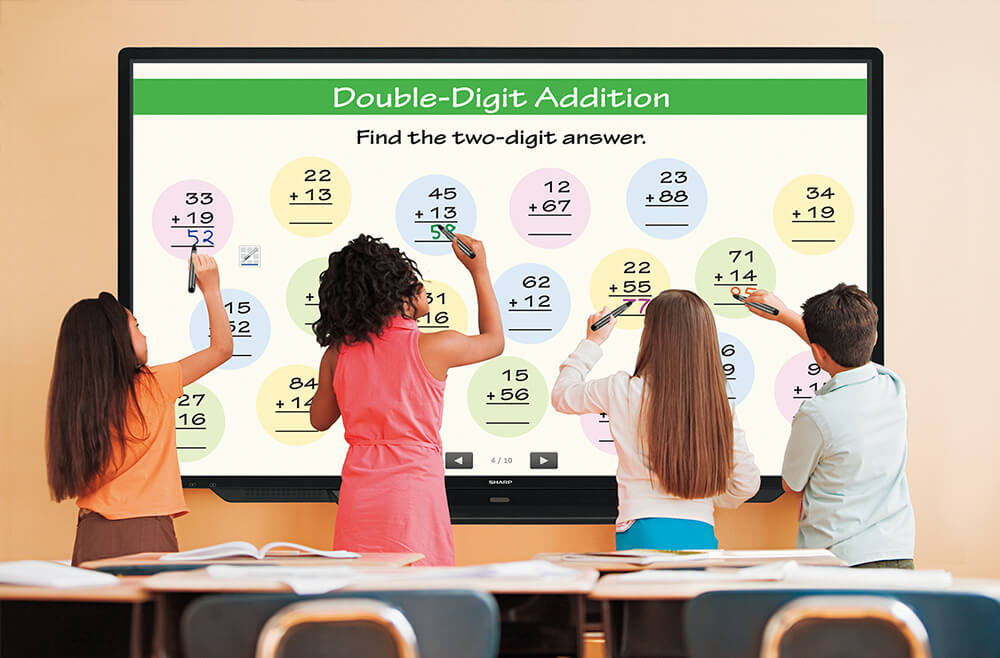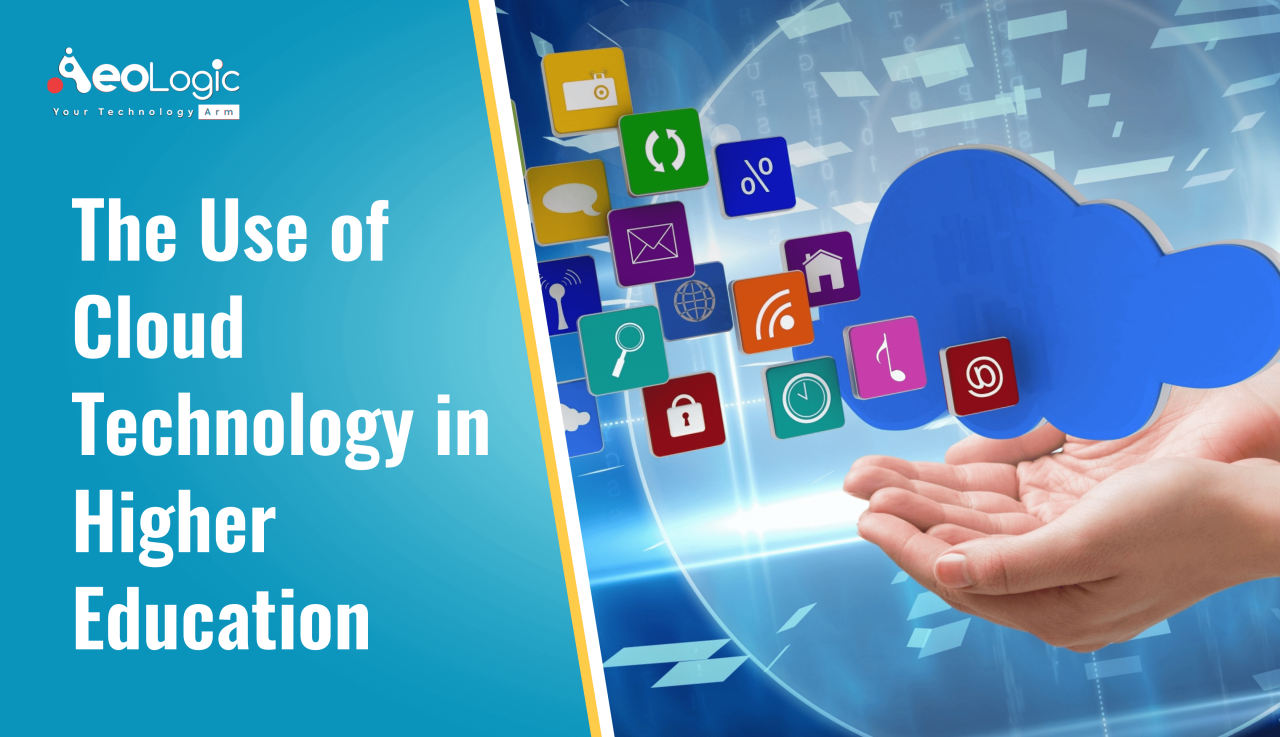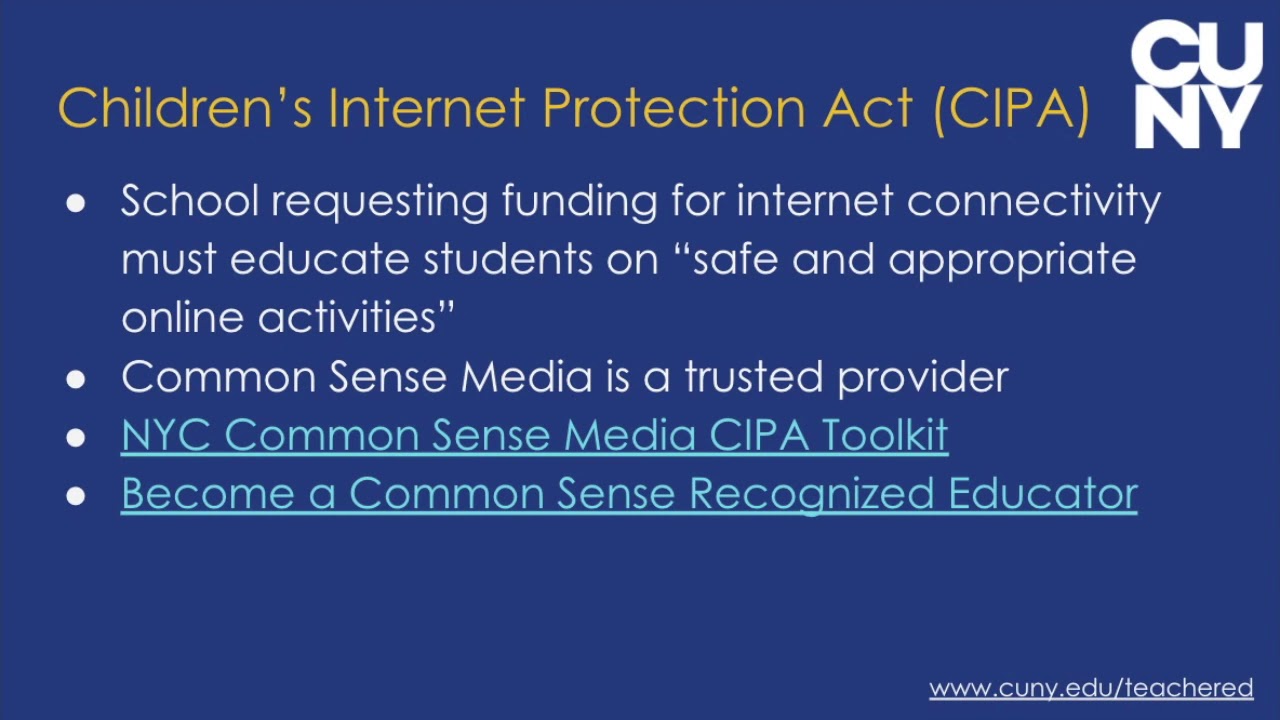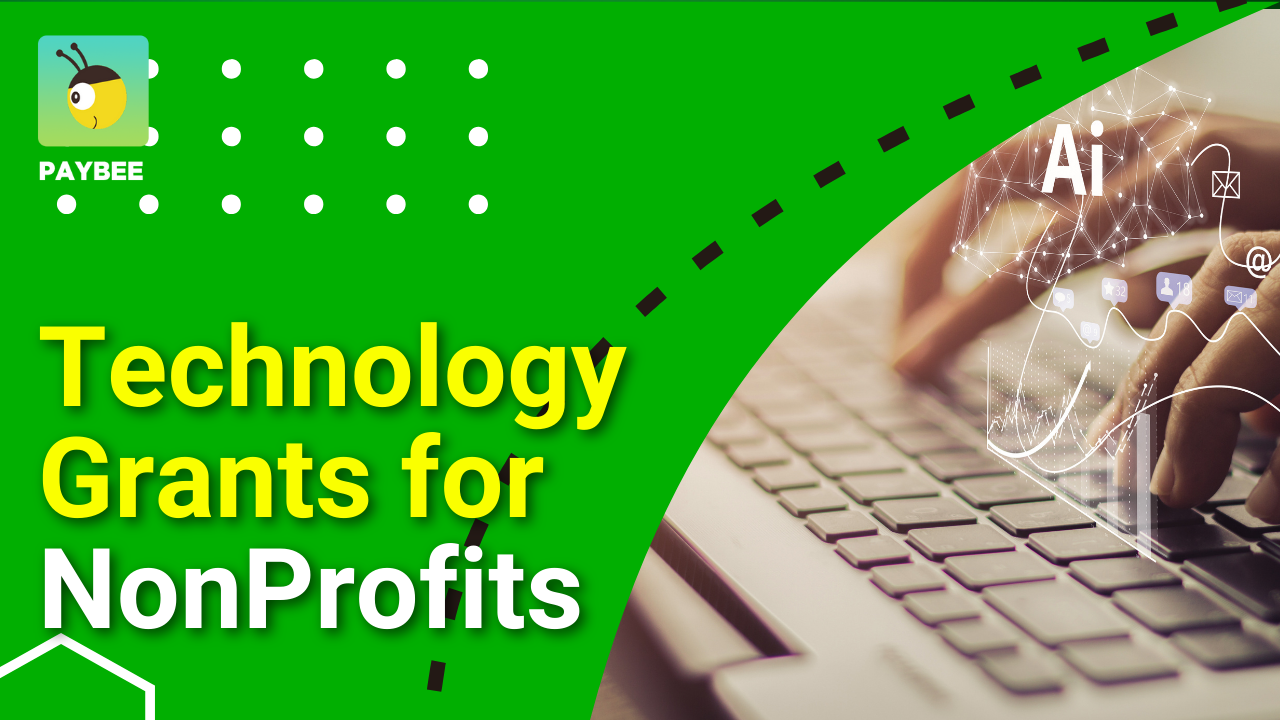Technology in the Mathematics Classroom: A Modern Approach
Technology in mathematics classroom – Technology in the mathematics classroom is no longer a novelty but a vital tool for fostering deeper understanding, engagement, and success. This shift from traditional […]

Technology in mathematics classroom – Technology in the mathematics classroom is no longer a novelty but a vital tool for fostering deeper understanding, engagement, and success. This shift from traditional methods to technology-driven learning has revolutionized the way students interact with mathematical concepts, transforming the classroom into a dynamic and interactive learning environment.
From interactive simulations that bring abstract concepts to life to online platforms that provide personalized feedback and adaptive assessments, technology offers a wealth of opportunities for students to explore mathematics in new and exciting ways. By leveraging these tools, educators can cater to diverse learning styles, enhance problem-solving skills, and cultivate a deeper appreciation for the beauty and power of mathematics.
The Impact of Technology on Mathematics Learning
Technology has dramatically transformed the traditional mathematics classroom, moving beyond rote memorization and pencil-and-paper exercises to create an engaging and interactive learning environment. With the integration of technology, mathematics education has become more dynamic, accessible, and relevant to students’ lives.
Technological Tools that Have Revolutionized Mathematics Education
The integration of technology has introduced a wide range of tools that have revolutionized mathematics education, providing students with interactive and engaging learning experiences.
- Dynamic Geometry Software (DGS): DGS, such as GeoGebra and Sketchpad, allows students to explore geometric concepts in a dynamic and interactive way. They can manipulate shapes, make measurements, and observe the relationships between different geometric elements. This interactive approach helps students develop a deeper understanding of geometric concepts and fosters their problem-solving abilities.
- Computer Algebra Systems (CAS): CAS, like Mathematica and Maple, provide students with powerful tools for symbolic manipulation and mathematical calculations. They can solve equations, simplify expressions, and perform complex operations that would be time-consuming and challenging to do by hand. This frees up students to focus on understanding the underlying concepts and applying their knowledge to solve problems.
- Online Learning Platforms: Online learning platforms, such as Khan Academy and Coursera, offer a wealth of educational resources, including interactive lessons, videos, and practice exercises. These platforms provide students with personalized learning experiences, allowing them to learn at their own pace and focus on areas where they need additional support. They also offer access to a wide range of mathematical topics, making it possible for students to explore advanced concepts beyond the traditional curriculum.
- Interactive Whiteboards: Interactive whiteboards, like SMART Boards, have become a common feature in mathematics classrooms. They allow teachers to present lessons in a dynamic and engaging way, using multimedia elements, interactive simulations, and collaborative activities. Students can interact with the whiteboard, drawing, writing, and manipulating objects, creating a more active and participatory learning environment.
Technology Enhances Student Engagement and Motivation in Mathematics, Technology in mathematics classroom
Technology has proven to be an effective tool for enhancing student engagement and motivation in mathematics. Interactive learning experiences, personalized instruction, and the ability to explore mathematical concepts in a visual and dynamic way have made learning mathematics more enjoyable and accessible for students.
- Interactive Learning Experiences: Technology provides students with interactive learning experiences that go beyond traditional textbook exercises. Interactive simulations, games, and virtual manipulatives allow students to explore mathematical concepts in a hands-on and engaging way. This active learning approach helps students develop a deeper understanding of the concepts and fosters their problem-solving abilities.
- Personalized Learning: Technology allows for personalized learning experiences, catering to the individual needs and learning styles of students. Adaptive learning platforms can adjust the difficulty level of exercises based on student performance, providing targeted support and challenges. This personalized approach helps students stay engaged and motivated, ensuring that they are learning at their own pace and receiving the appropriate level of support.
- Visual and Dynamic Representation: Technology allows for the visual and dynamic representation of mathematical concepts, making them more accessible and engaging for students. Interactive graphs, animations, and simulations can help students visualize abstract concepts and develop a deeper understanding of their relationships. This visual approach can be particularly beneficial for students who are visual learners.
Technology-Enhanced Learning Environments
Technology has revolutionized the way we learn, and mathematics education is no exception. Technology-enhanced learning environments (TELs) offer a wide range of tools and resources that can enhance student engagement, understanding, and achievement.
Types of Technology-Enhanced Learning Environments in Mathematics
TELs can be broadly categorized into several types:
- Online Learning Platforms: These platforms provide a centralized space for accessing course materials, completing assignments, and interacting with instructors and peers. Examples include Khan Academy, Coursera, and Moodle.
- Interactive Whiteboards: These digital displays allow teachers to present lessons, demonstrate concepts, and engage students in real-time collaboration.
- Educational Software and Apps: These programs offer interactive simulations, games, and exercises that help students learn mathematical concepts in a fun and engaging way. Examples include GeoGebra, Wolfram Alpha, and Math Playground.
- Virtual Reality (VR) and Augmented Reality (AR): These immersive technologies provide students with realistic experiences that can help them visualize and understand complex mathematical concepts.
Virtual Reality, Augmented Reality, and Simulations in Mathematics
Virtual reality, augmented reality, and simulations offer unique opportunities to enhance mathematics learning:
- Virtual Reality (VR): VR allows students to step into virtual environments that represent mathematical concepts. For instance, students can explore a 3D model of a cube to understand its volume and surface area or experience a virtual walk through a city to learn about spatial reasoning and geometry.
- Augmented Reality (AR): AR overlays digital information onto the real world. Students can use AR apps to visualize geometric shapes in their surroundings, solve problems by manipulating virtual objects, or explore real-world data through interactive visualizations.
- Simulations: Simulations provide students with a safe and controlled environment to experiment with mathematical concepts and explore different scenarios. For example, students can use simulations to model real-world phenomena like population growth, financial markets, or the trajectory of projectiles.
Benefits and Challenges of Online Learning Platforms
Online learning platforms have become increasingly popular in mathematics education, offering several benefits:
- Accessibility and Flexibility: Online platforms allow students to access learning materials and participate in courses from anywhere at any time. This is particularly beneficial for students who may have scheduling conflicts, live in remote areas, or have special needs.
- Personalized Learning: Many online platforms offer adaptive learning features that adjust the difficulty of the material based on each student’s progress. This allows students to learn at their own pace and focus on areas where they need more support.
- Engaging Content: Online platforms can incorporate multimedia elements, interactive exercises, and gamified learning experiences to make mathematics more engaging and enjoyable for students.
However, online learning platforms also present some challenges:
- Lack of Face-to-Face Interaction: Online learning can sometimes feel isolating, and students may miss the opportunity for face-to-face interaction with their instructors and peers.
- Technical Issues: Technical difficulties can arise with online platforms, which can disrupt learning and create frustration for students.
- Digital Divide: Not all students have equal access to technology and reliable internet connections, which can create a digital divide and limit their opportunities for online learning.
Technology for Conceptual Understanding and Problem-Solving: Technology In Mathematics Classroom
Technology plays a crucial role in enhancing conceptual understanding and problem-solving skills in mathematics. It offers dynamic and interactive tools that can visualize abstract concepts, making them more accessible and engaging for students.
Visualizing Mathematical Concepts
Technology provides a powerful platform for visualizing mathematical concepts, making them more concrete and intuitive. Here are some ways technology can be used to enhance understanding:
- Interactive Geometry Software: Software like GeoGebra and Desmos allows students to manipulate geometric shapes, explore their properties, and visualize relationships. For example, students can rotate a cube in 3D to understand its volume or draw different types of triangles and observe their angle and side relationships.
- Graphing Calculators: Graphing calculators are invaluable for visualizing functions and their transformations. Students can input equations and instantly see their graphs, helping them understand the relationship between equations and their visual representations. They can also explore the impact of changing parameters on the graph, leading to a deeper understanding of function transformations.
- Virtual Reality (VR) and Augmented Reality (AR): VR and AR technologies offer immersive experiences that can bring mathematical concepts to life. Imagine students exploring a 3D representation of a complex geometric shape or using AR to visualize the Pythagorean theorem in real-world settings.
Facilitating Problem-Solving
Technology can facilitate problem-solving by providing interactive tools, simulations, and resources that help students explore, experiment, and discover solutions.
- Interactive Simulations: Simulations allow students to experiment with mathematical concepts in a safe and controlled environment. For instance, they can simulate coin tosses to understand probability or model the motion of projectiles to explore concepts in physics.
- Online Math Tools: Websites like Khan Academy and Wolfram Alpha provide a wealth of resources, including step-by-step solutions, practice problems, and interactive tutorials. These tools can help students overcome challenges and develop problem-solving strategies.
- Data Analysis Software: Software like Excel and SPSS empowers students to analyze real-world data, perform statistical calculations, and interpret results. This can be particularly useful in areas like statistics and data science.
Supporting Collaborative Learning
Technology can foster collaborative learning by providing platforms for students to share ideas, work together on problems, and receive peer feedback.
- Online Collaboration Platforms: Platforms like Google Docs and Microsoft Teams allow students to work on projects together, share documents, and communicate in real-time. This fosters teamwork and encourages peer learning.
- Online Discussion Forums: Online forums provide a space for students to ask questions, discuss concepts, and share their understanding with peers. This can help clarify misconceptions and deepen their understanding.
- Video Conferencing: Video conferencing tools allow students to participate in virtual group discussions, share their work, and receive feedback from their peers and teachers. This can be particularly beneficial for students who are unable to attend in-person classes.
Technology for Assessment and Feedback

Technology plays a transformative role in assessing student learning in mathematics, offering dynamic and efficient methods to gauge understanding and provide personalized feedback.
Technology-Enabled Assessment Methods
Technology offers a wide range of tools for assessing student learning in mathematics, providing valuable insights into their progress and areas for improvement.
- Online Quizzes and Tests: These platforms allow teachers to create and administer quizzes and tests electronically, providing immediate scoring and feedback. They offer a variety of question types, including multiple-choice, true/false, fill-in-the-blank, and open-ended questions, catering to diverse learning styles.
- Interactive Exercises and Simulations: Technology enables interactive exercises and simulations that engage students in active learning while simultaneously assessing their understanding. These tools allow students to manipulate variables, explore concepts, and solve problems in a dynamic and engaging way. Teachers can track student progress and identify areas where they need further support.
- Digital Portfolios: Students can use digital portfolios to showcase their work, including projects, assignments, and reflections, demonstrating their growth and mastery of mathematical concepts over time. Teachers can provide feedback on individual projects and track student progress through the portfolio.
- Data Analytics: Technology provides tools for analyzing student data, including performance on assessments, engagement in online activities, and completion of assignments. This data can be used to identify patterns, trends, and areas where students are struggling, allowing teachers to tailor instruction and provide targeted support.
Providing Immediate Feedback
Immediate feedback is crucial for student learning, and technology plays a vital role in delivering this feedback in real-time.
- Automated Feedback: Online platforms can provide automated feedback on student work, identifying errors and suggesting corrections. This allows students to receive immediate feedback on their progress and identify areas for improvement.
- Personalized Feedback: Technology can personalize feedback based on individual student needs and learning styles. For example, students who struggle with a particular concept might receive more detailed explanations and examples, while those who demonstrate mastery can be challenged with more advanced problems.
- Interactive Feedback Tools: Some platforms offer interactive feedback tools, allowing students to ask questions, receive clarification, and engage in dialogue with the system or their teacher. This interactive approach fosters a deeper understanding of the concepts and promotes active learning.
Technology and Personalized Learning
Technology enables personalized learning experiences in mathematics by tailoring instruction and assessments to individual student needs and learning styles.
- Adaptive Assessments: Adaptive assessments use technology to adjust the difficulty of questions based on student performance. This allows students to work at their own pace and receive challenges that are appropriate for their skill level.
- Personalized Learning Paths: Technology can create personalized learning paths for students, providing them with a customized sequence of lessons, exercises, and assessments based on their individual needs and goals.
- Differentiated Instruction: Technology allows teachers to differentiate instruction by providing different levels of support and challenge for different students. This can be achieved through adaptive learning platforms, online resources, and interactive exercises that cater to diverse learning styles and needs.
Challenges and Considerations for Technology Integration
While technology offers a plethora of opportunities to enhance mathematics learning, its integration into the classroom comes with its own set of challenges and considerations. This section explores some of the key hurdles educators face and the importance of addressing them effectively.
Teacher Training and Professional Development
Providing teachers with adequate training and professional development is crucial for successful technology integration. Teachers need to be equipped with the necessary skills and knowledge to effectively use technology tools in their teaching. This includes:
- Understanding the pedagogical principles of technology integration.
- Learning how to select and use appropriate technology tools for different mathematical concepts and learning objectives.
- Developing strategies for integrating technology into their existing curriculum and lesson plans.
- Gaining proficiency in troubleshooting technical issues and managing classroom technology.
“Effective technology integration requires a shift in teacher mindset from viewing technology as a tool to enhance teaching to viewing it as a tool to transform teaching.”
Ethical Considerations and Digital Citizenship
Technology use in mathematics education raises important ethical considerations and digital citizenship concerns. These include:
- Data privacy and security: Ensuring the responsible collection, use, and storage of student data generated through technology use.
- Digital equity: Addressing access disparities and ensuring all students have equitable opportunities to engage with technology in mathematics learning.
- Cyberbullying and online safety: Educating students about safe and responsible online behavior, including preventing cyberbullying and promoting digital citizenship.
- Copyright and intellectual property: Teaching students about respecting intellectual property rights and using technology ethically and legally.
The Future of Technology in Mathematics Education

The integration of technology in mathematics education is rapidly evolving, promising a future where learning is personalized, interactive, and accessible to all. The potential of emerging technologies like artificial intelligence (AI) and machine learning (ML) is particularly exciting, paving the way for innovative learning experiences and personalized support for students.
The Impact of AI and ML on Mathematics Education
AI and ML are poised to revolutionize mathematics education by providing personalized learning experiences, automating tasks, and offering real-time feedback.
- Personalized Learning Paths: AI-powered systems can analyze student performance data and adapt learning paths to their individual needs, strengths, and weaknesses. This personalized approach can help students learn at their own pace and focus on areas where they need extra support.
- Adaptive Assessment and Feedback: AI can create dynamic assessments that adjust difficulty based on student performance. It can also provide instant feedback, highlighting areas for improvement and offering tailored explanations. This continuous feedback loop allows students to identify and address their learning gaps promptly.
- Automated Grading and Feedback: AI can automate the grading of routine assignments and provide detailed feedback, freeing up teachers’ time for more engaging activities. This automation can also allow for more frequent assessments, leading to a better understanding of student progress.
The Vision of a Technology-Driven Mathematics Classroom
A technology-driven mathematics classroom can foster student engagement and success by providing a rich learning environment that leverages the power of technology.
- Interactive Learning Platforms: Students can engage with interactive simulations, virtual manipulatives, and gamified learning platforms to explore mathematical concepts in a hands-on and engaging manner. These platforms can provide a more intuitive and accessible way to understand complex ideas, particularly for visual learners.
- Collaborative Learning Tools: Technology can facilitate collaboration among students, enabling them to work together on projects, share ideas, and learn from each other. Online platforms can provide a virtual space for group discussions, problem-solving, and peer-to-peer learning.
- Data-Driven Insights: Teachers can use data analytics to track student progress, identify areas of difficulty, and adjust their teaching strategies accordingly. This data-driven approach can help personalize instruction and provide targeted support to students who need it most.
“Technology is not just a tool, it’s a transformative force that can redefine how we learn and teach mathematics.”
Last Point
The integration of technology in the mathematics classroom holds immense potential for shaping the future of mathematics education. As technology continues to evolve, we can anticipate even more innovative tools and approaches that will empower students to become active learners and critical thinkers in a rapidly changing world. By embracing these advancements, we can create a learning environment that is both engaging and effective, ensuring that all students have the opportunity to thrive in the world of mathematics.
Technology is transforming the mathematics classroom, making learning more interactive and engaging. Tools like invisible technologies advanced AI data trainers can personalize learning experiences, providing students with targeted feedback and practice. This allows teachers to focus on individual student needs and create a more dynamic learning environment.









